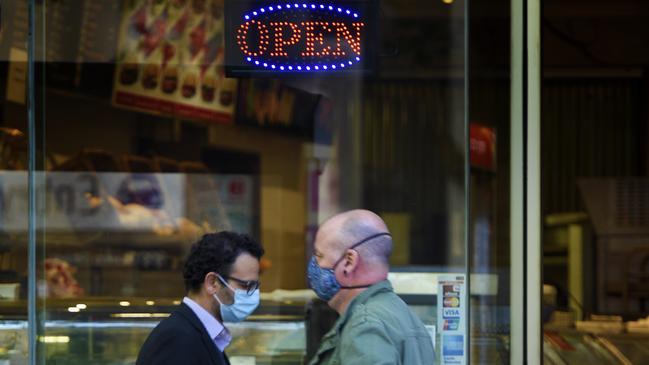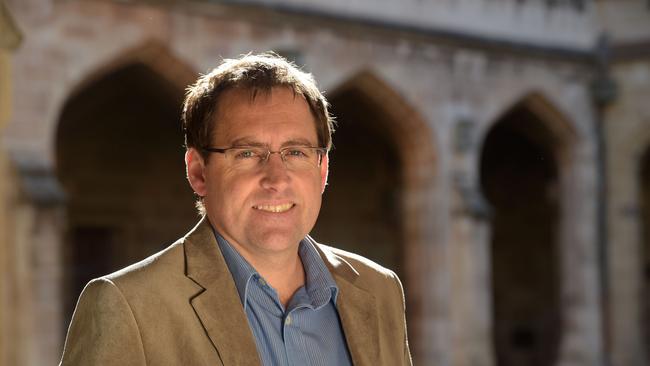Twice as many Melburnians say life was “much worse” in pandemic than rest of Australia
The emotional toll of the lockdowns on Melburnians is revealed in a new national survey of Australian households.

People in Melbourne are twice as likely to say their lives were “much worse” during Covid than those elsewhere in Australia – yet more couples across the country say their relationship improved than worsened during lockdown.
One in three Melburnians reported life under the pandemic as being much worse compared to 17 per cent overall, research from the Melbourne Institute finds.
More than one in four rural and regional Victorians said their lives were much worse under the pandemic. The closest area outside Victoria was Sydney, with just under 20 per cent.
Western Australia, Tasmania and Perth were least affected, the study, based on the Household, Income and Labour Dynamics in Australia survey found. The survey was taken in mid-2020 in the midst of Melbourne’s 111-day lockdown, at a time when just 0.5 per cent of the nation’s population had been infected with Covid-19.
While young people felt less of an impact on their lives from Covid and the associated restrictions than those older, the difference between Victorians and the rest of Australia across all ages was stark, particularly for men.
For males aged 15-24, 27 per cent of Victorians said their lives were much worse because of the crisis compared to 8 per cent for the rest of Australia. For females it was 21 per cent against 10 per cent.
This bled into “sharp declines” in the mental health of those aged between 15 and 34, with the report noting it had “deteriorated substantially between 2019 and 2020.”
The report found some upsides to the pandemic restrictions and the greater emphasis on working from home.
“More Australian couples reported the Covid-19 pandemic improved their relationship (19 per cent) than those who said it worsened (6.6 per cent),” the report said.
But it also found the onset of the pandemic presaged the biggest rise in job insecurity in 20 years, with nearly one in 20 workers losing their jobs, and almost 10 per cent being stood down without pay. Nearly 7 per cent of 15-24 year-olds were let go because of Covid.
Report lead author Roger Wilkins of Melbourne University’s said the findings reveal a nation being “pulled in opposite directions” by the pandemic in 2020.
“There was the fear of contracting the virus, the adverse effects of the lockdowns, the job losses especially for younger people, and the unprecedented levels of support from the government,” Professor Wilkins said.

“People reacted to the lockdown in diverse ways. For some the working-from-home component actually reduced their stress, and the quality of their relationship with their partner improved.
“But what was unambiguous was the decline in mental health, particularly in younger people, and concentrated in Melbourne in the midst of a 111-day lockdown.
“The virus was more deadly for older people but the economic and social effect of lockdown was disproportionately borne by young people, and this has been downplayed in the public discussion since.”
The report also found that Covid led to the most significant rise in job insecurity in two decades, with 4.5 per cent of workers across the country losing their jobs, including 5.3 per cent in Victoria. Almost one in 10 Australian workers were stood down without pay.
Again, young people were disproportionately affected, with 7 per cent of working 15-24 year-olds losing their jobs.
Housing also became more insecure due to Covid, with about 11 per cent of renters seeking a suspension of payments, with only half being successful. In Victoria the proportion was lower.



